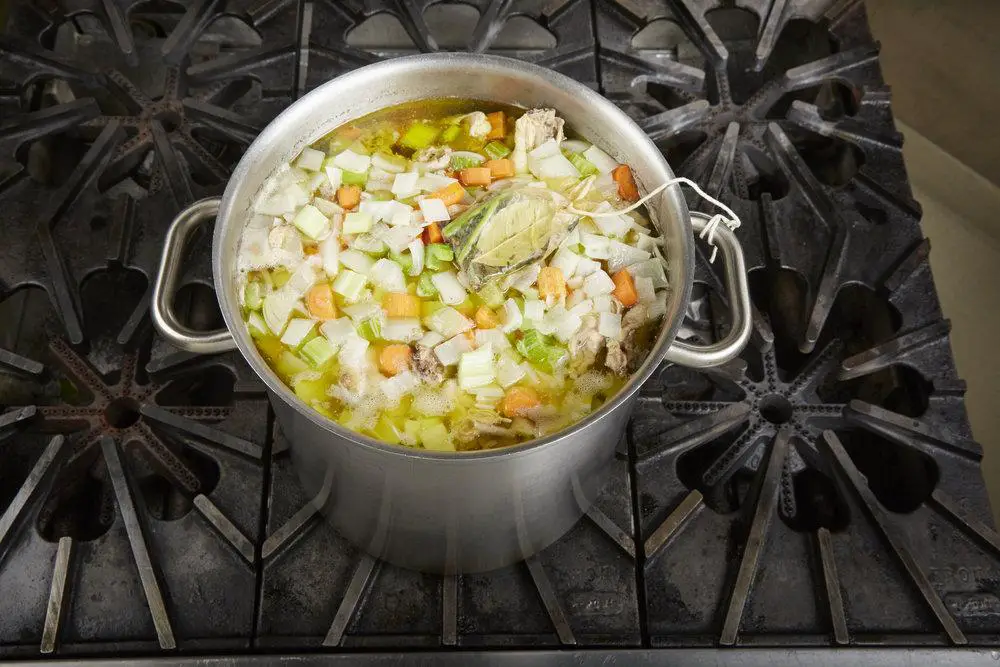Blog
Safety procedure in handling equipment
Safety Procedure in Handling Equipment
• Kitchen work usually considered safe in comparison with industrial jobs.
• Minor injuries from cuts and burns are very common.
• Serious injuries too are possible.
Table of Contents
Safe Work Place
It is much easier to develop and practice habits that prevent accidents if safety is built into the workplace.
• Structure, equipment, and electric wiring in good repair.
• Non-slip floors.
• Adequate lighting on work surfaces and in corridors.
• Clearly marked exits.
• Equipment supplied with necessary safety devices.
• Heat-activated fire extinguishers over cooking equipment, especially deep fryers.
• Conveniently posted emergency equipment, such as fire extinguishers.
• Clearly posted emergency telephone numbers
• Smooth traffic patterns to avoid collisions
Preventing Cuts
Do’s
• Keep knives sharp
• Use a cutting board
• Pay attention to your work
• Cutaway from yourself and other workers
• Use knives only for cutting
• Clean knives carefully
• Store knives in a safe place
• Carry knives properly
• Keep breakable items out of the food production area
• Sweep up, don’t pick up, broken glass
• Discard chipped or cracked dishes and glasses
• Use a special container for broken dishes and glasses
• If there is broken glass in the sink, drain the sink
• Remove all nails and staples when opening crates and cartons
Don’ts
• Don’t try to catch a falling knife
• Don’t put knives in a sink, underwater
• Don’t put breakable items in a pot sink.
Preventing Burns:
• Always assume a pot handle is hot
• Use dry pads or towels to handle hot pans
• Keep pan handles out of the aisle
• Don’t fill pans so full that they are likely to spill hot food
• Open lids away from you
• Get help when moving heavy containers of hot food
• Use care when opening compartment steamers
• Make sure gas is well vented
• Wear long sleeves and a double-breasted jacket
• Dry foods before putting them in frying fat
• When placing foods in hot fat, let them fall away from you
• Keep liquids away from the deep fryer
• Warn service people about hot plates
• Always warn people when you are walking behind them with hot pans.
Preventing fire
Do’s
• Know where fire extinguishers are located
• Use the right kind of extinguisher.
• There are three classes of fires and fire extinguishers:
• Class A fires wood, paper, cloth, ordinary combustibles.
• Class B fires: burning liquids, such as grease, oil, gasoline
• Class C fires: switches, motors, electrical equipment, and so forth
• Keep a supply of salt or baking soda handy to put out fires on a range tops.
• Keep hoods and other equipment free from grease build-ups
• Smoke only in designated areas
• If a fire alarm sounds and if you have time, turn off all gas and electrical appliances before leaving.
• Keep fire doors closed
• Keep exits free from obstacles.
• Preventing Injuries from Machines and equipment.
• Use all guards and safety devices
• Unplug electrical equipment before cleaning
• Wear properly fitting clothing and tuck in apron strings
• Use equipment only for the purpose intended
• Preventing Falls
• Clean up spills immediately
• Throw salt on a slippery spot to make it less slippery
• Keep aisles and stairs clear and unobstructed
• Walk, don’t run
• Preventing Strains And Injuries
• Lift with the leg muscles, not the back.
• Always stand giving equal weight on both the legs.
• Use trolley/cart to move heavy objects or get help.
Don’ts
• Don’t leave hot fat unattended on the range
• Do not use any equipment unless you know its operation
• Don’t touch or remove food from any kind of equipment while it is running.
• Do not touch or handle electrical equipment with wet hands
• Do not spill water/oil, etc.
• Do not carry objects too big to see over
• Do not lean or bent unnecessarily while working or do work in that way.
• Don’t turn or twist the back while lifting and make sure your footing is secure.


